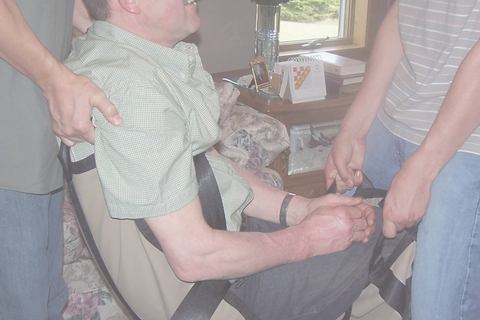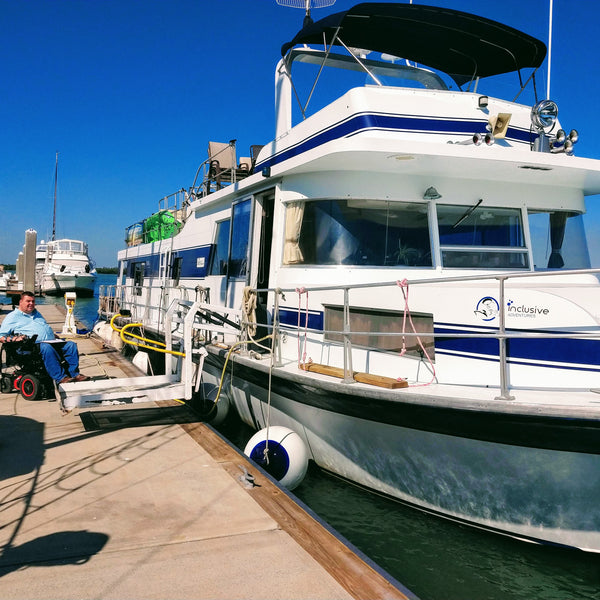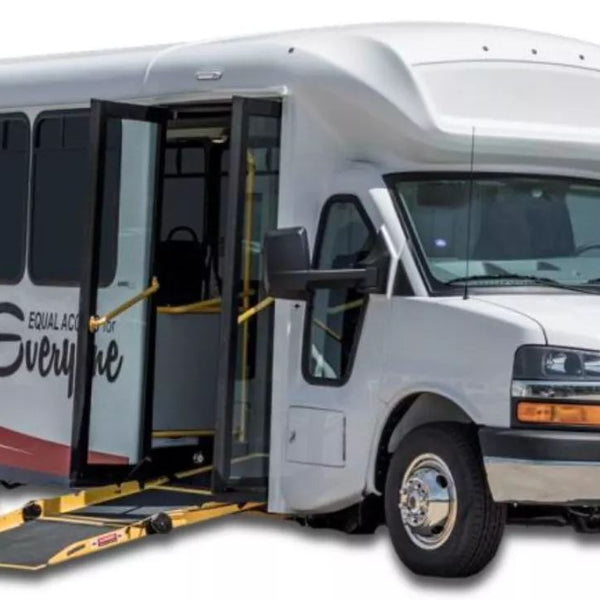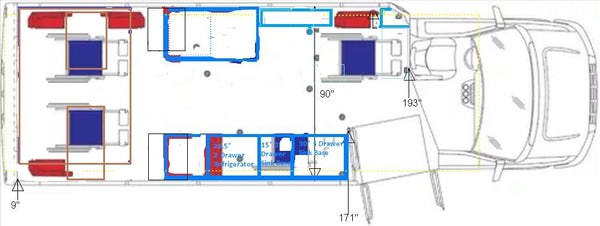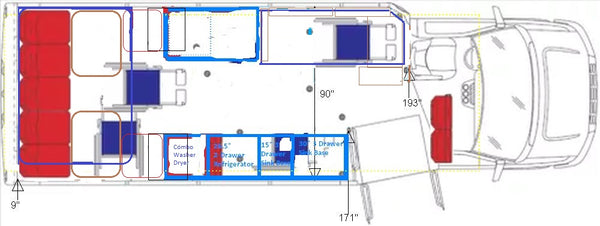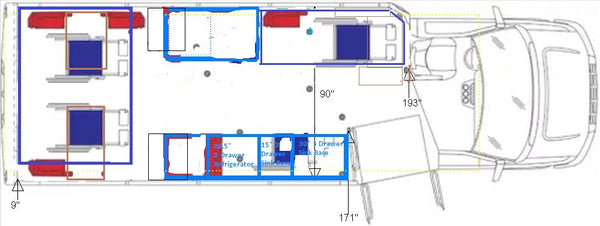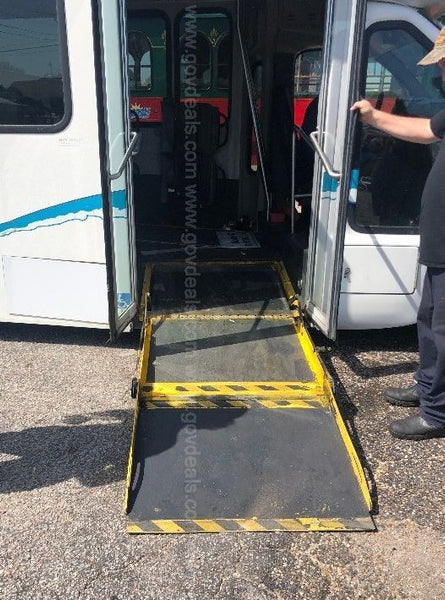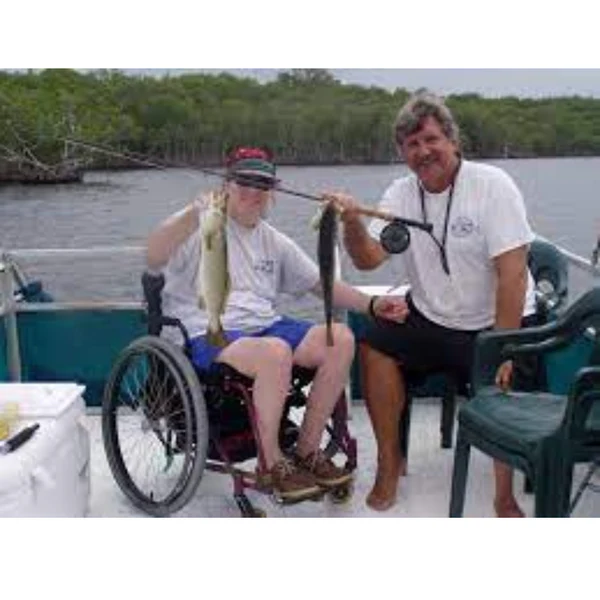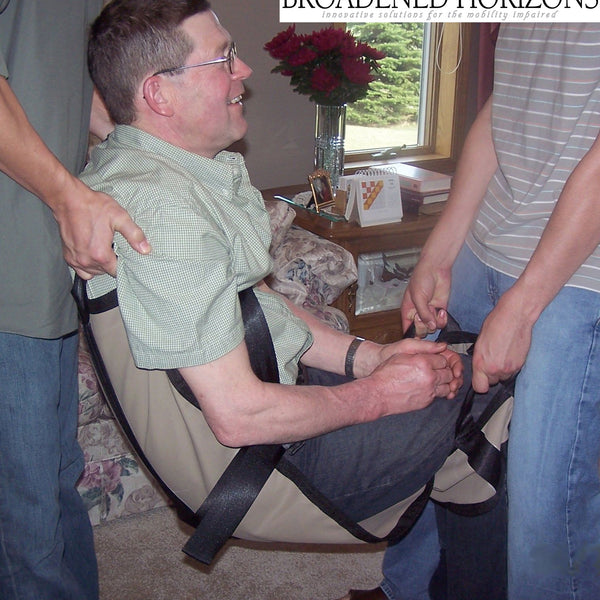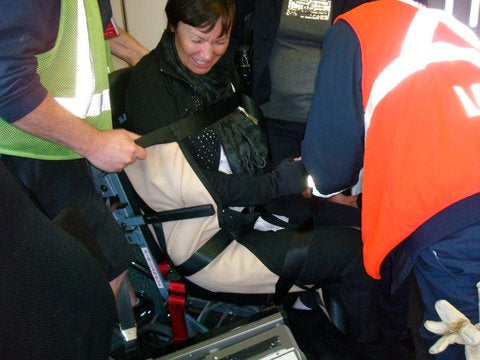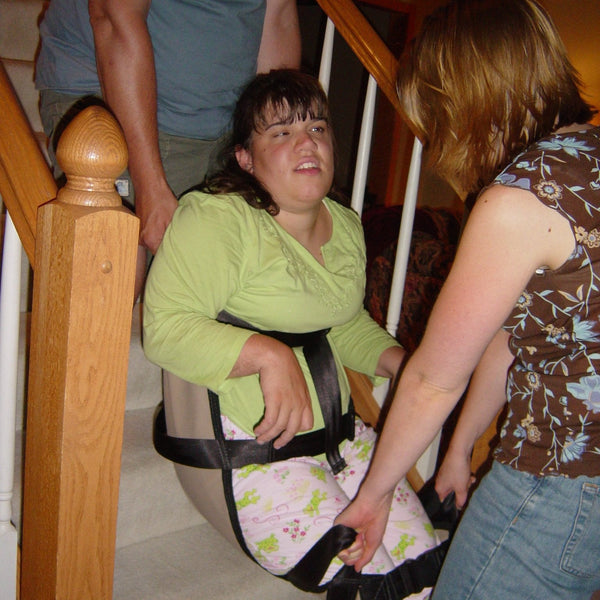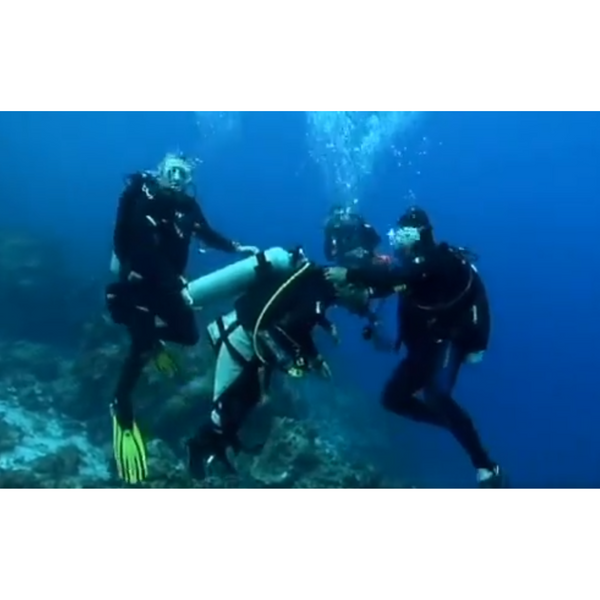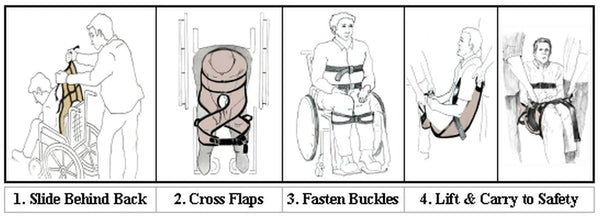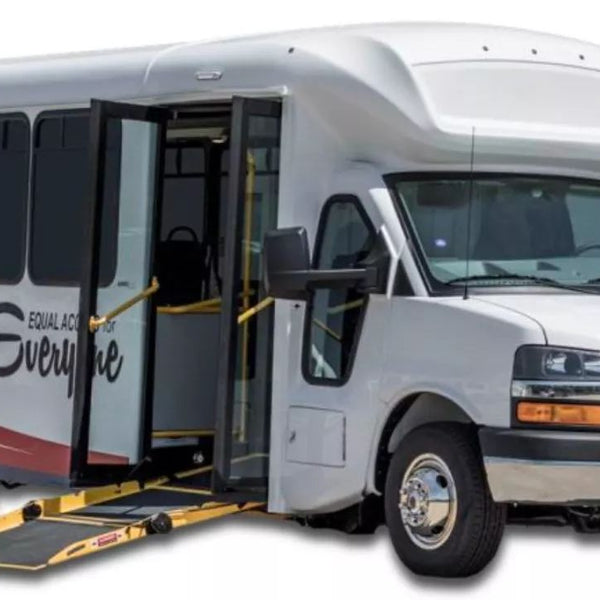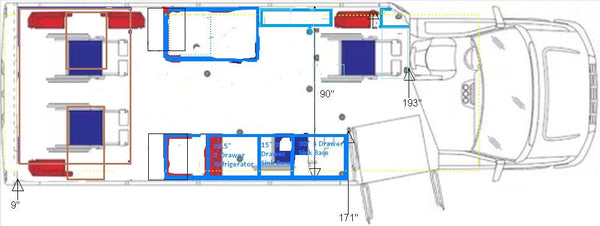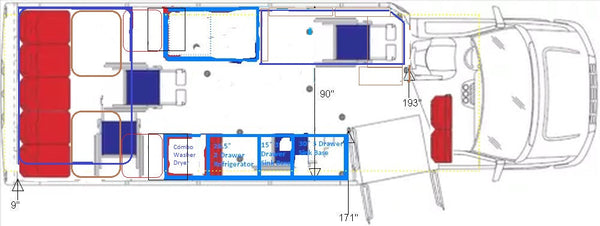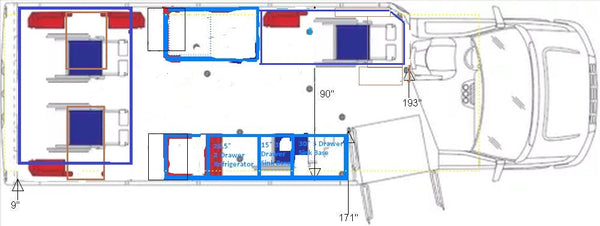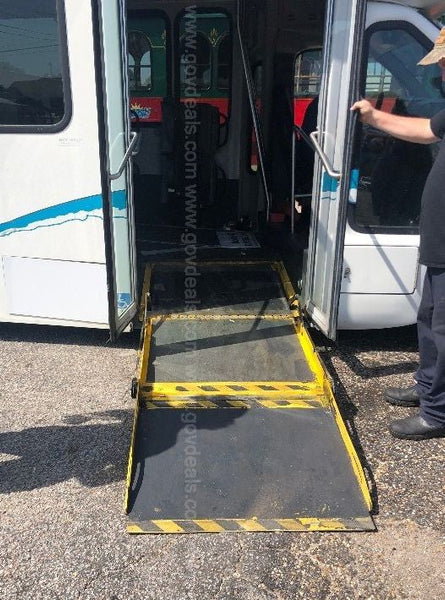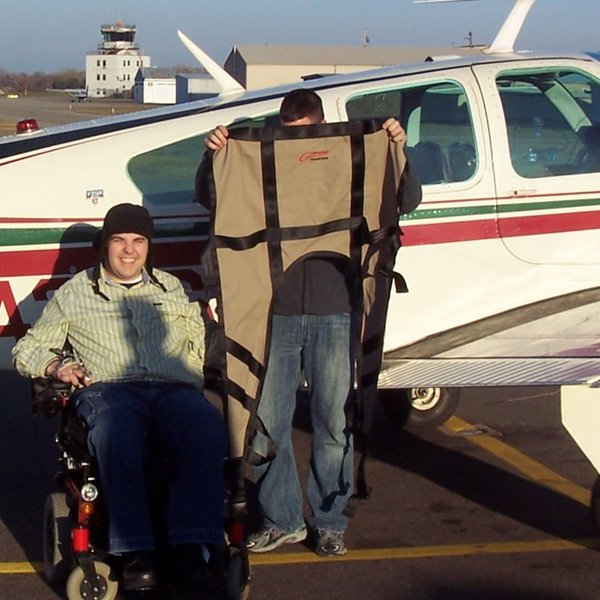Dana Brown Ritter and Mike Ritter
Two years ago, I married the man with the prettiest blue eyes I could find. He’s smart. He’s funny. He’s sweet. He’s handsome. And he gets me.He does all of this, from a wheelchair. When Michael was 17 years old he broke his neck in a gymnastics accident. He’s a C5/6 quadriplegic, paralyzed from the chest down, with limited use of his arms and hands.I am not sure just how much my perspective as a wife of a man with a spinal cord injury varies from the wife of any other man, because this is all I have ever known, but here goes.There is certainly a lot to get used to. Not everyone will agree with this assessment, but to me, as we were settling into that first year of marriage, it sort of felt like we had a third person along for the ride.
That third person being my husband’s disability: the special needs it has, the equipment it requires, and the patience and effort required on my part to accommodate it. The catch was, unlike an actual person, the disability doesn’t communicate. You can’t reason with it. You can’t compromise. You can’t take turns. You just have to move out of the way when it is going a certain way. When it slows you down, you just have to slow down. When it goes haywire and changes your plans because of a bodily or equipment malfunction, you have to go with its flow. It doesn’t care if you are sick, or tired, or need a break. It must be handled first thing in the morning, last thing at night, and whenever it wants. It often cannot be “prioritized” or manipulated.
This was a major adjustment, especially for a control freak like myself. Because with other situations in life, you can plan ahead, you can work harder, think faster, be smarter, and get your way.
Being the wife of someone with a spinal cord injury can provide you with great perspective. Nothing like waking up every day next to someone who can’t move to make you realize whatever you are dreading or are afraid of that particular day, doesn’t really matter. But, if you’re not careful, that “perspective” can make you feel like you don’t matter.
I learned, not so quickly, but eventually, to not take the third person “personally.” It took time. And lots of love from a husband who was not willing to let his disability swallow his wife.It is so cliché’, but communication really is key. Communication is key in any marriage, but in a marriage where a lot of the physical activity falls on one partner, because of a disability, communication is the glue that holds you together.
Just as it is important for the able bodied, ”caregiving” spouse to make sure all of the needs of the disabled partner are met, it is important for the disabled spouse to make sure the caregiver is taken care of.There is so much support you can give, even if you have a spinal cord injury. My husband has found dozens of creative solutions to contribute. His legs may not work, but his ears do. He is an excellent listener.
There have been times when I have felt third in line in this marriage, behind him and his disability. Because he was able to see me, and hear my perspective, he was able to change it. To make me realize that we are a TEAM. There’s nothing either of us did to deserve this. It’s not anyone’s fault. But neither one of us is in this alone. We are on the same team.
Being part of a team is empowering. When you are weak, the other is strong. Two heads are better than one. Another cliché, but all of that is true. And when you’re dealing with a hard-headed non-compromising wildcard of a third person, you need as much power on your team as you can get.
My husband and I write a candid blog about our life called “Love Like This Life.” We write about life, love, faith, work and disability. We put ourselves out there in the hope that we will connect with others and encourage them along the way. Come rock this out right along side us!
Related Products
Add on optional description to this section
